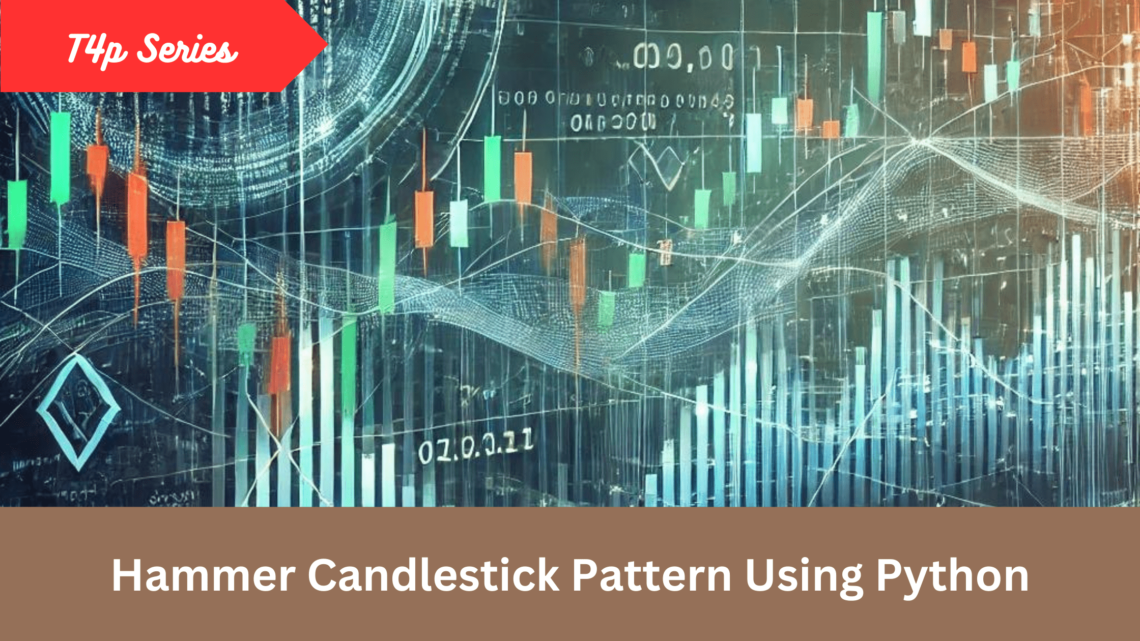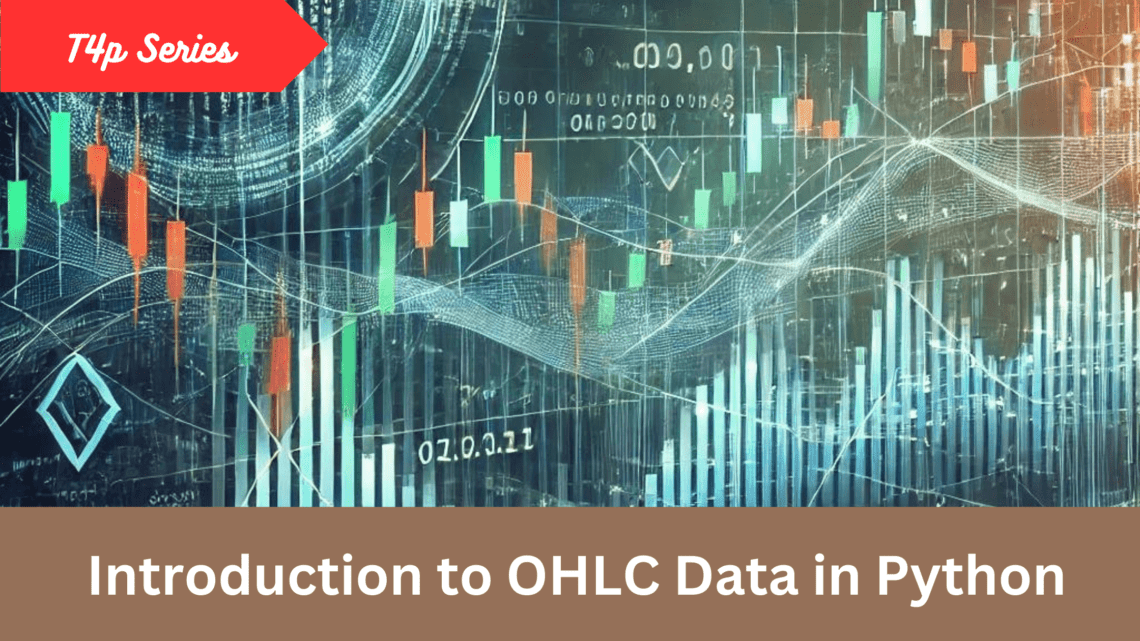This post is part of the T4p Series. In the previous post, I had discussed the engulfing pattern. In this post, we will discuss Moving Averages. What Is Moving Average Moving Averages are one of the most widely used indicators. They smooth out price fluctuations by calculating the average price over a specific number of periods, creating a trend-following line that updates as new data becomes available, hence helping traders identify the overall direction of the price movement. Types Of Moving Averages Simple Moving Average (SMA) – Calculates the arithmetic mean of prices over a set period, giving equal weight to all data points Exponential Moving Average (EMA) – Gives more…
-
-
Detecting the Hammer Candlestick Pattern Using Python
This post is part of the T4p Series. In the previous post, we discussed creating your custom signal generation pattern. In this post, we will discuss a famous candlestick pattern called the Hammer pattern. We will discuss the pattern, what it is all about, and how it helps traders to earn money. Introduction A Hammer is a single candlestick pattern that forms during a downtrend and is characterized by having a small real body at the top of the candle, a long lower shadow (at least 2-3 times the size of the body), and little to no upper shadow. The pattern indicates a potential trend reversal as it shows that despite…
-
An Introduction to OHLC Data in Python
This post is part of the T4P Series. In this post, we will be discussing OHLC data. OHLC is the abbreviation of Open, High, Low, and Close. We will discuss its working, its importance, and how to access it. So let’s start. What is OHLC Data OHLC data is a common way to represent the price movement of an asset, whether it’s a stock, cryptocurrency, or commodity, during a specific time frame (like an hour, a day, or a week). These four values give you a snapshot of how an asset’s price has fluctuated during that time frame. Let’s break it down: Open: This is the price at which the…


